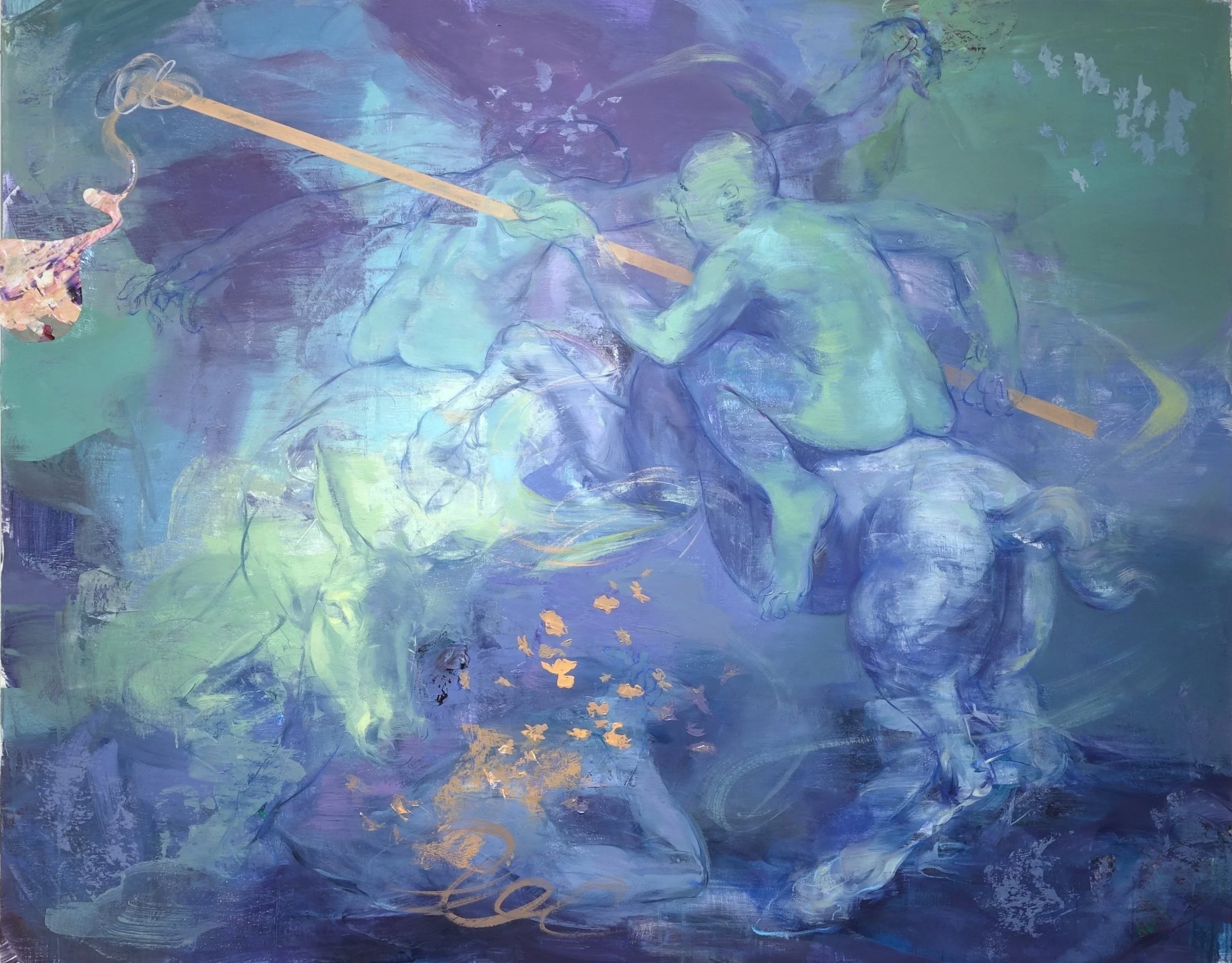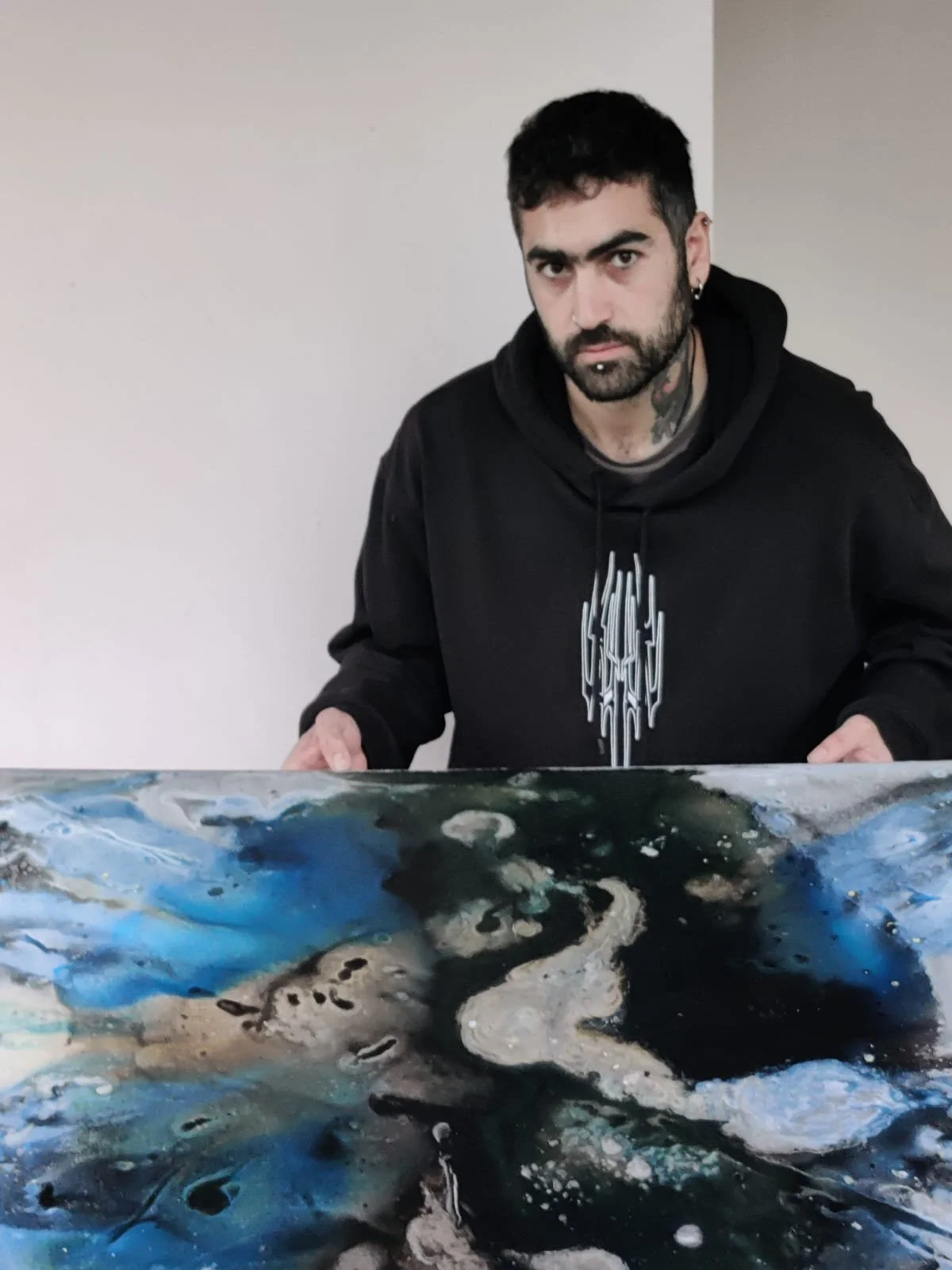10 Questions with Ruoyu Gong
Al-Tiba9 Art Magazine ISSUE18 | Featured Artist
Ruoyu Gong is a New York-based painter. His work delves into the complexity of the human psyche in the theme of personal symbolism. Currently pursuing his MFA in painting at the New York Academy of Art, Ruoyu earned his BFA with honours in Illustration from the Rhode Island School of Design in 2023. In 2021, he received the certificate of Advanced Painting Seminar at the Central Academy of Fine Arts in Beijing, China. His work has been featured in exhibitions internationally. Recent exhibitions include Evolving Identities, Sotheby's Institute of Art, New York, NY (2024); Beyond Boundaries, Artsinsquare, Online (2024); AXA Art Prize, New York Academy of Art, New York, NY (2024). Ruoyu has won awards, including the Patron's Scholar Award, New York Academy of Art, New York, NY (2024-25); Merit Scholarship, New York Academy of Art, New York, NY (2024-25, 2023-24); 1st Place of the International Contest of Contemporary Art – YICCA 23/24, Milan, Italy (2023-24).
Ruoyu Gong - Portrait
ARTIST STATEMENT
Ruoyu sees painting as a way to uncover the veiled tensions within his psyche. Through this distillation process, he navigates the labyrinth of his psychological landscape that often lies dormant beneath the surface of daily life. Currently, his work is inspired by the art of monotype printmaking, where less premeditated motifs give rise to amorphous figures that hover on the edge of entropy. Formal elements such as form, value, and composition are arranged by unforeseen impulses. This approach is almost like a visualized sequence of "slips of the tongue", but instead of creating utter chaos, it serves to elucidate a reality that lies just below the surface of the unconscious. As representational narratives begin to emerge, he continues to develop them through detailed studies and iterations, resulting in a final painting in which the inherent tension between control and serendipity is never fully resolved.
Regression — Babes’ Battle, Oil, oil pastel, and acrylic collage on canvas, 61x48.75 in, 2024 © Ruoyu Gong
AL-TIBA9 ART MAGAZINE ISSUE18
INTERVIEW
You’ve studied at institutions across different countries, namely China and the U.S. How have these diverse educational experiences shaped your artistic voice and approach to painting?
My art education in China and the U.S. has shaped my current practice in different ways. Chinese art education focuses on developing technical proficiency. Courses such as observational drawing and painting are essential in Chinese art institutions. Many Chinese art students like me went through rigorous training at a young age. This experience sharpened my visual perception and technical ability, allowing me to realize an image efficiently.
At the age of fourteen, I embarked on an art education journey in the U.S. Based on my experience, U.S. art education focuses more on material experimentation and intellectual exchange, which pushes me out of my comfort zone of representational rendering of a subject matter. During high school, I took various visual art courses such as painting, drawing, sculpture, ceramics, printmaking, and many other art history and theory courses. This experience significantly broadened my scope of artistic practice.
From my undergraduate studies to my current graduate studies, I learned to combine my technical ability with my personal voice, creating more ambitious works formally and conceptually. This process involves a long search inward for the hidden aspects of myself that I long to share with others. In other words, I now approach painting as a self-revelatory process that sheds light on the mystery of my psychological landscape.
Baby Sweet Dreams, Monotype, acrylic and paper collage, oil pastel on paper mounted on board, 11.5x10.75 in, 2024 © Ruoyu Gong
Winning 1st place in YICCA 23/24 and receiving prestigious scholarships must have been affirming moments in your career. How have these recognitions impacted your confidence and creative direction?
Indeed, I am very grateful for the professional recognition I have received. These awards boost my confidence in various ways. For example, my scholarship from the New York Academy of Art affirms my technical proficiency and artistic devotion. It encourages me to capitalize on the educational resources at my graduate institution. On the other hand, winning 1st place in YICCA 23/24 helps me explore my relative place on an international art stage. Before I participated in this contest, my understanding of contemporary art was very much shaped by, and in a way limited to, the institution I belong to. After winning the competition, I came to realize the diversity of visual language artists employed at a global scale, which propelled me to develop an idiosyncratic visual language.
Speaking of creative direction, your recent work is inspired by monotype printmaking. What drew you to this technique, and how does it influence your process as a painter?
Originally, I was trained as an academic oil painter. For a long time, my working process involved a rigorous process of thumbnail sketching, preliminary drawing, colour sketching, and final execution on a large canvas. Though this process often yields decent results, I can’t help but feel stuck at times. The predictability of an image became a shackle of my imagination and creativity, so I decided to subvert my working process. That’s when I started to incorporate monotypes in my painting practice.
My monotype practice is a very fast printmaking process involving quick and spontaneous application of acrylic paints on an acetate sheet. Right before the paints dry, I pull the print using a brayer. The result is highly unpredictable, often rife with “mistakes” but are nonetheless more compelling. I would make many iterations of small-scale monotypes, and they serve as my sketches for larger-scale paintings. I carry a similar sensibility in my monotypes when I paint, working as if the oil paint dries fast to achieve unexpected marks and textures.
Nip it in the bud, Monotype, acrylic collage, and oil pastel on paper mounted on board,10.5x9.5 in, 2024 © Ruoyu Gong
Spectators, Monotype, acrylic collage, and oil pastel on paper mounted on board, 10.5x10.75 in, 2024 © Ruoyu Gong
Your work explores the complexity of the human psyche through personal symbolism, as you mention in your statement. Can you share how your interest in psychology and the subconscious developed and how it manifests in your works?
My interest in psychology and the subconscious began when I was a teenager. Like anyone going through the angsty puberty phase, I had many emotions and thoughts that I could not wrap my head around. They were like mental knots yet to be untangled. To me, art has significant psychological relevance as it serves as a mirror for us to see ourselves in a refreshed light.
In particular, I am inspired by the Surrealist approach of automatism that reveals hidden drives within one’s psyche. Automatism is my way of unveiling the tensions within my psyche that are usually hidden in daily life. My work evolves through pattern-seeking from the monotypes. Recurring motifs reveal themselves after multiple unpremeditated iterations. To me, this approach is almost like a visualized sequence of “slips of the tongue”, but instead of creating utter chaos, it serves to elucidate a reality that lies just below the surface of consciousness.
As you mention, your paintings often navigate the tension between control and serendipity. How do these different elements influence your creative practice? And how do you translate them into your work?
I used to be a control freak in my work. I did not allow any chance to play its role in my paintings, thinking that bringing every inch of the painting to a perfect finish would be very captivating. I came to realize that this is far from the truth. Therefore, I started to embrace a kind of unknown during my creative process. That is not to say that the resemblance of the subject matter is insignificant. I still pay close attention to the accuracy of form because the painted content and formal language should carry equal weight.
What I do differently from before is that I always purposefully leave some unresolved areas for the next painting session. Sometimes, I deliberately “destroy” a painted section to see what would happen. As much as my impulse tells me to fix it, I resist this urge and wait until the next day. Sometimes, the surprises are more charming, and I will leave them as they are, while other times, I need to go back and articulate the form more clearly. In other words, I consider my painting a constant tug of war between control and serendipity.
Mr. Donkey’s Death, Oil and Pastel on Canvas, 36x48 in, 2024 © Ruoyu Gong
How do you decide when a painting is finished? Do you embrace an element of open-mindedness in your works?
Like most painters, I find deciding when a painting is finished difficult. Given my current working method, I embrace open-mindedness in my work. Sometimes, I like it when a work is still in a “marinated” state. In general, I stop working on a painting when the balance between control and serendipity feels just right—enough to discern some recognizable elements yet still sustain a sense of foreignness.
The figures in your paintings exist on the edge of abstraction and representation. Do you see your work as storytelling or prefer to leave interpretation open to the viewer?
I prefer leaving interpretation open to the viewer. For example, My paintings frequently employ the symbolic language of Xiangsheng, a traditional Chinese comedy that often features two performers engaging in humorous dialogue. Some Xiangsheng plots revolve around classic stories, which inspire the narratives in my paintings. However, as I paint, the initial narrative might transform into something completely independent of the original Xiangsheng plot. When people look at my work, rarely do they notice the Xiangsheng reference, but I like this kind of misreading as it allows viewers to fill in the blanks based on their interpretations.
Ultimately, what messages would you like to convey with your work? What do you want to communicate to the viewers?
Ultimately, painting, for me, is beyond the imitation of appearances. It serves as a revelatory exploration of my psyche. I endeavour to reveal the unconscious tensions that underlie the absurdity of human interactions. My artistic journey is not merely an act of creation but a continuous process of self-discovery and reconciliation, striving toward harmony amidst the complexities of existence.
Mr. Donkey Messed Up, Oil, nail, jute twine, and bell on board, 14 × 17 in, 2024 © Ruoyu Gong
Mr. Donkey’s Daydream, Oil, oil pastel, and acrylic collage on board, 11.75 x 15 in, 2024 © Ruoyu Gong
Looking ahead, are there any particular themes, techniques, or projects you’re eager to explore in the future?
I am very interested in exploring installation art in the foreseeable future. It will propel me to get into the door of other creative disciplines. In my most recent body of work, I started to manipulate the spatial dynamic by combining bas-relief sculpture, found objects, and collages. That said, a painted object hanging flat on the wall cannot activate the surrounding space. Therefore, I would love to explore ways in which I can create a more immersive experience through my art.
Lastly, how do you see your work evolving within the global contemporary art scene in the coming years?
My artistic practice is deeply rooted in the fusion of Chinese and American cultures, and I see it transcending these boundaries to engage with a wider global audience. Art is a universal language capable of bridging cultural divides and fostering a deeper sense of shared experiences. In the years to come, I’m eager for my work to resonate with more diverse cultural groups. I’m confident that this endeavour will offer new perspectives and enrich my artistic journey, allowing me to continue evolving and contributing to the global contemporary art dialogue.


























